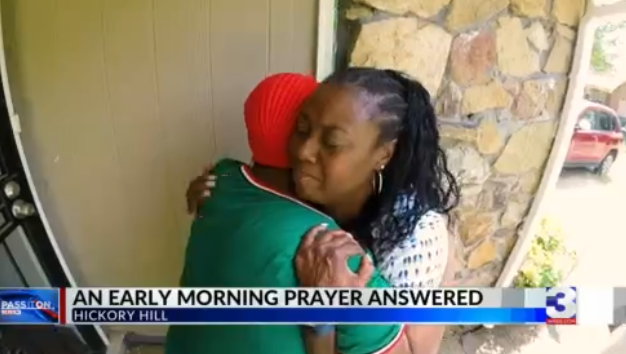OLIVE BRANCH, Miss. — Could the coronavirus be the new normal for the next two years?
A new study from the Center for Infectious Disease Research and Policy suggests the COVID-19 outbreak will be around until 60 to 70% of the human population is immune to the virus, taking anywhere between 18 to 24 months.
Nearly two months into a global pandemic, Jonie McCollum of Olive Branch is getting used to a coronavirus-conscious lifestyle.
“We order groceries and pick them up instead of usually going into the grocery store if we can help it,” McCollum said.
Masks on, standing six feet apart, the former nurse who just retired in the fall said, while she’s grown accustomed to some changes, being so cautious is tough.
“It’s hard because I miss my grandkids more than anything,” she said.
The study from the Center for Infectious Disease Research and Policy suggests some of these drastic lifestyle changes we made might have to last even longer.
This pandemic is likely to last 18 to 24 months, the research says. Within that time 60 to 70% of the human population would need to become immune to COVID-19.
The theories behind this study comes from previous pandemics, though Dr. Steve Threlkeld, an infectious disease specialist with Baptist Memorial Hospital, said doctors don’t yet know what path this virus will take.
He said herd immunity would be required to reach the 70% threshold.
“Enough of the people in the population have had it and can’t get it again, and can’t then give it to you,” he said. “You get safer going out if you haven’t had it because you’re less likely to encounter somebody with it, because most people have already had it.”
That could be achieved if 70% of population actually get the infection or a vaccine.
The study also laid out three possible scenarios for how the virus could play out.
In scenario one, the wave we’re seeing now is followed by a series of similar waves, then gradually going away next year. The waves depend on where people live and their mitigation efforts.
Scenario two, perhaps the worst, shows an even bigger wave coming in the fall, similar to what was seen in 1918 and the Spanish flu.
Scenario three shows the wave this spring and then a slow burn-off of cases and transmissions but no clear wave pattern.
Dr. Threlkeld stressed that while these models are extremely difficult to predict and ever-changing, it’s important to always stay pandemic prepared.
The study also said whatever scenario ends up happening the public must be prepared for the next few years of COVID-19 hotspots to possibly pop up, or strains of the virus become worse.

























